Applying a fresh coat of paint to your home’s interior helps improve the appearance and protect the same from the elements, including rain, sun and dust. In this article, we discuss the different types of paints and the several uses they perform in the home and office.
Types of Paints for Home and Office Usage
The choice of paint often boils down to the area you want to paint, and the expected finishing. Emulsion, oil, textured, enamel and acrylic are popular paint types for homes and offices.
1. Oil Paint
As the name suggests, this is a type of paint typically made of oil, especially linseed oil. You can produce oil paint with the following:
- Nut oil
- Tung oil
- Poppy oil
Attributes of Oil Paint
As to be expected, this kind of paint inherits the attributes of an oil; taking some time to dry off. Other properties are:
- Oil paints typically consist of particles of pigment and oil, such as linseed.
- The application is usually done in three steps. First, is the primer, second is the undercoat and then comes the finish coating.
Benefits of Applying Oil Paints
Using oil-based paints for your home or office interior is a good idea because of the “rich finish” it brings. Other benefits include:
- Feasible application process.
- Oil-based paints are versatile, hence, they are used for metal and wooden surfaces, doors and windows.
- Oil paints are known not just for their strong adhesion but also for their durability.
- They give off a matte finish.
While the drying time can be longer, oil-based paints do have a faster cleaning process and give a glossy final look after applying.
Also Read: How to Decide the Perfect Paint Colour that Suits You in Nigeria
2. Enamel Paints
These are oil-based solvents with a considerably glossy finish. Homes and offices painted with enamel typically have a stronger finish on the surface.
Properties of Enamel Paints
- This type of interior paint is created by mixing the solvent with different oxides, such as petroleum spirit, white lead, resinous matter, and zinc white.
- Available in water-based and oil-based variants.
- Enamel paints are not only stain-resistant but also water-resistant.
- Gives off a glossy finish after application.
Benefits of Applying Enamel Paints
Despite the higher costs, these paints are perfect for high-traffic areas in homes and offices, including usage with surfaces that require extra protection.
You’ll also find enamel paints ideal for use with areas that require colour retention. Using it in places that are exposed to grease or moisture is also a good idea.
3. Acrylic Paint
Better known as latex paint in Nigeria, this is the kind used mostly for exteriors, but can also be used indoors. Acrylic paints are notable for faster drying and the ability to retain the structure for a long time.
Properties:
- It’s a water-based paint, typically based on a synthetic resin and pigment.
- Superb adhesion
- Don’t emit fumes
- Low on VOC
Benefits of Applying Acrylic Paints
Acrylic emulsions are a good addition to the exterior or interior of a home or office for these reasons:
- Acrylic paints are highly resistant to peeling, cracking and fading.
- One can be easily clean it with a solution of soap and water.
- Acrylic paints have a denser consistency.
- Faster drying
- Odourless
- Offers better colour vibrancy.
4. Cement Paints
This is the kind of paint to use when seeking a durable finish for your home or office interior or exterior. Cement paints have cement as the base. As a water-based paint, it doesn’t need organic matter or oil for the formation.
Attributes of Cement Paints
- This kind of paint is in the form of powder with common additives including cement (that acts as the base), pigment and accelerator.
- To derive the paint, water is mixed with the powder form to achieve the desired consistency.
Benefits of Using Cement Paints
You’ll record higher success and return on investment when using cement paints for the exterior of your office or home. The sturdiness and waterproofing help to prevent water penetration.
Other benefits are:
- The rough finish helps to protect the surfaces exposed to extreme/fluctuating weather conditions, such as the sun.
- Cement paints help to reduce dirt collection and or penetration into the home or office.
5. Bituminous Paint
This is the type of paint you must get if you are looking for enhanced protection and versatility. Bituminous paint is popular for its waterproof and rust-and-weather resistance.
Attributes of Bituminous Paints:
- Made of coal tar or asphalt bitumen, which is then dissolved in any of the following: white spirit, petroleum or naphtha.
- You can get the colour you desire by adding coloured pigments.
Benefits of Painting the Home with Bituminous Paint
This kind of paint is not suitable for areas that receive a lot of sunlight. Hence, you must restrict the usage to the interior, except in cases where you want to coat pipes, portable water tanks, steelwork or wooden surfaces.
The benefits of using it in the interior of the home or office are:
- Alkaline-resistant.
- Adds a protective layer to the applied surfaces, thus, reducing the chances of decay and rust.
- The long-lasting properties make it ideal for use with underwater structures.
6. Whitewash Paint
This is one of the oldest types of home and office paints. You can make a Whitewash paint from a mixture of water and another water-based paint.
Properties of Whitewash Paint:
- The mixture can also be made from powdered chalk or slaked lime mixed with water. The outcome is usually a thinner paint.
- The painted surface remains visible due to the thin layer of the whitewash paint.
Benefits of Applying Whitewash Paint:
- This is a necessary addition if you want to retain the look and texture of the coated surface.
- Comes in handy for whitening concrete and brick walls in the office or home.
Also Read: Guide to Choosing a Professional Painter Near You
Conclusion
The choice of paint for your home or office is worth considering before calling in a contractor. Be certain of what to expect after they finish painting and the type of surface to be coated as those are factors that make the decision-making easier. Other popular types of paints you can also consider for use are distemper (both for interior and exterior), epoxy (mostly for floor covering), anti-corrosive and synthetic rubber paint (known for excellent protection from chemicals and the weather).






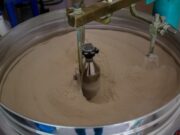
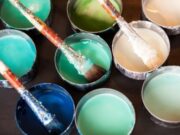


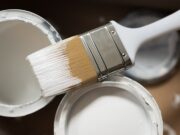

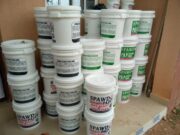


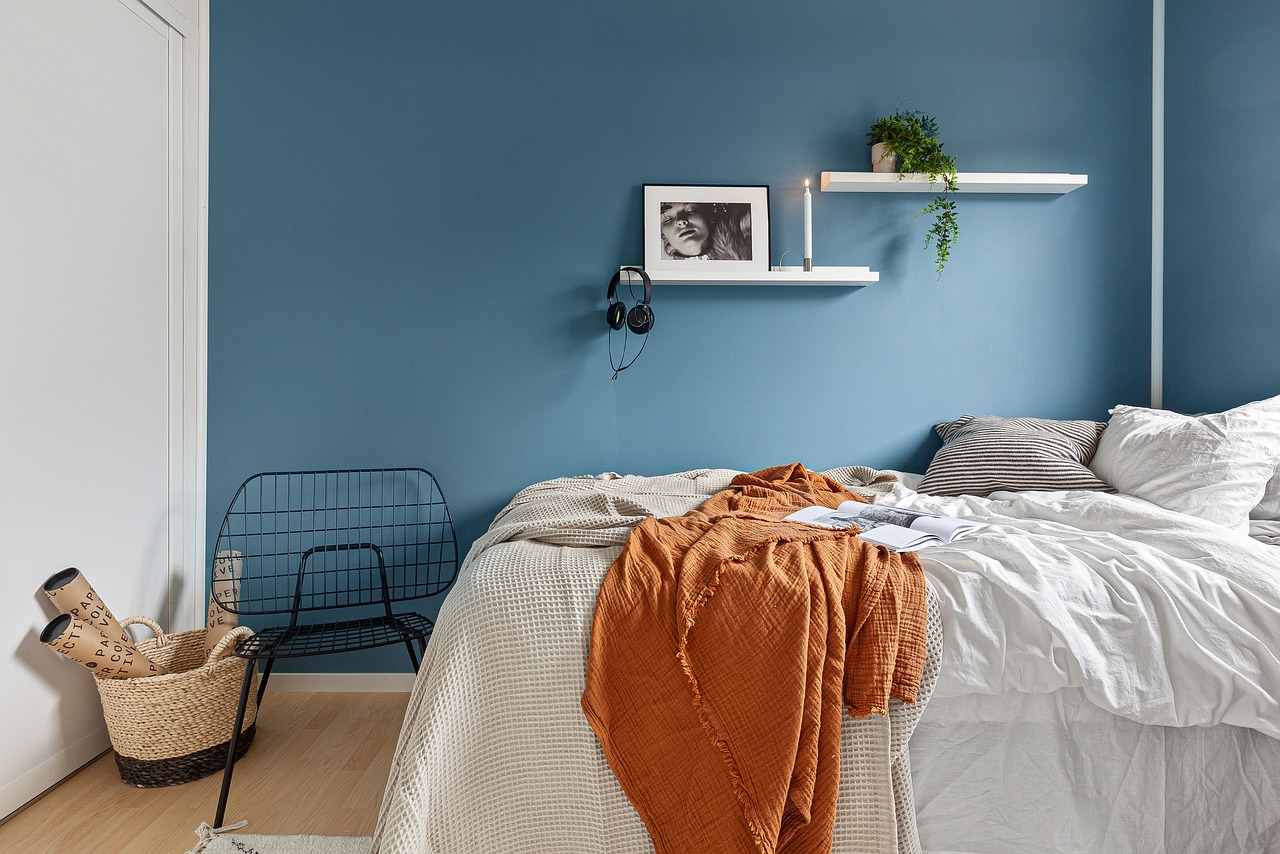

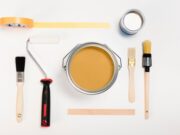

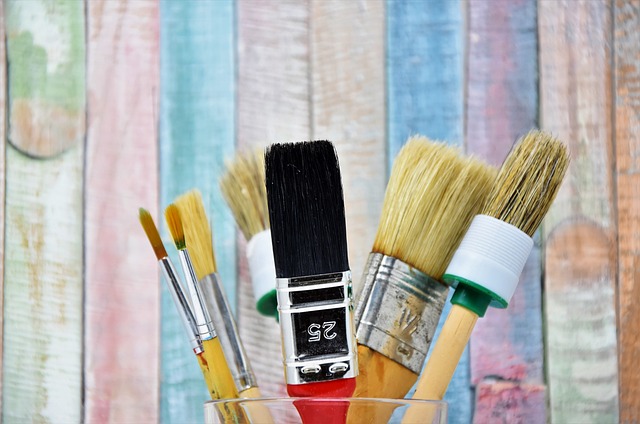



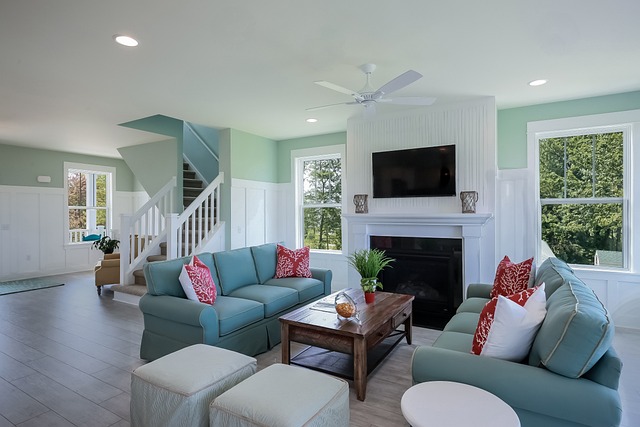
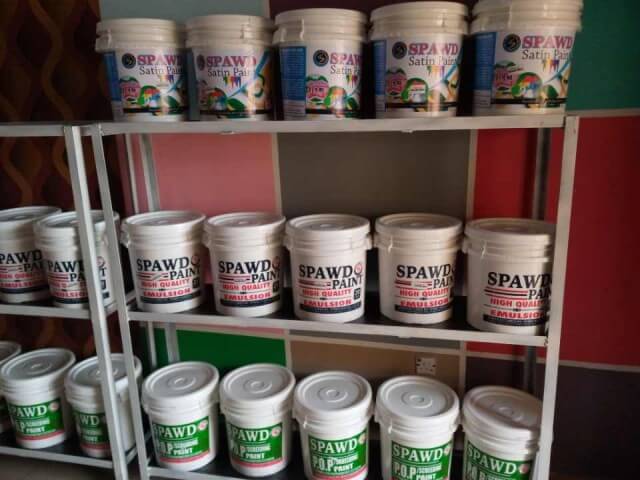



[…] Also Read: Different Types of Paints, Uses and Applications for Homes and Offices […]
[…] Also Read: Different Types of Paints, Uses and Applications for Homes and Offices […]
[…] paints and proper application techniques ensure the longevity of the paint job, protecting surfaces from wear, tear, and environmental […]
[…] when selecting a white paint color, you should consider factors like natural light, existing decor, and the desired […]
[…] Different types of paints need different brushes. […]